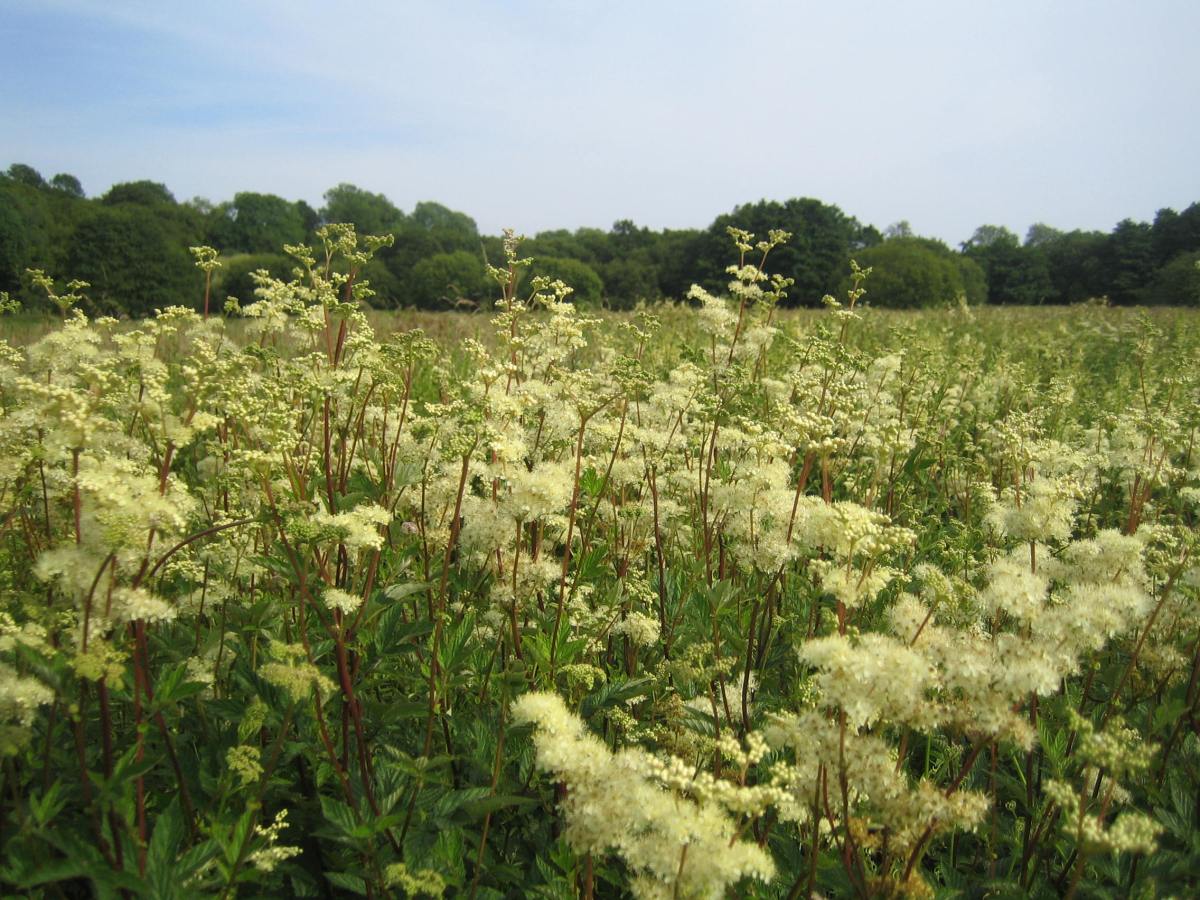Note: this is a post about my own joys in mushroom foraging but is not a guide to mushroom foraging. Here is a nice post for beginners. I recommend taking a course and/or walking with a professional. It might be lifechanging.
Late August brings with it the tell-tale signs that summer is dying out for another year: berries and other fruits have pushed out from the blossoms, the edges of leaves have turned crispy and dry. The mornings have a certain grey chill to them that the sun takes longer to burn off. There are long shadows in the early evening sun. Everything is beginning to turn inwards, and things have been getting a bit (sometimes a lot!) damp.
But it is not all gloom. The leafy canopies in the woods have been increasing in density over the last few months, and with the assistance of the summer rains the conditions have been made perfect for my favourite forage: mushrooms.
A few years ago I went on an excellent walk with herbalist and mushroom forager Jesper Launder. He taught me to be safe but not scared of foraging for funghi. His approach encourages a childlike engagement with the woods, scampering under the trees, eyes to the ground, basket in hand, finding a mushroom, picking a bit, carefully, popping it in your basket, then scampering back to Jesper to show him your wares. His knowledge is vast and he had a story for everything that we found. If it was good for eating, it stayed in the basket, if it wasn’t, it was discarded and we went looking for more. We stopped for a lunch break but we were all too excited, curious about the world of discovery around us that none of us wanted to sit around for long.
The woods we were exploring were in Bestwood Country Park in Nottingham. We found a couple of significant varieties of mushroom that I have since committed to memory, such as the shaggy ink cap, the puffball and the amethyst deceiver. The common names of edible mushrooms seem often to be a quite literal description of the way the mushroom looks and behaves, which is helpful. On this particular trip we found none of the ultimate in edible mushroom forage, the chicken of the woods, so-called for its likeness in texture and taste to chicken. Jesper had prepared for this outcome and to avoid disappointment, he had stashed in the boot of his car a hulk of this bright orange funghi for us to cook up and try. A few moments later it was fried in a little butter over a camping stove. The taste was a revelation.
Does the funghi taste like the fowl or the fowl the funghi? Now isn’t that the chicken-and-egg question!
Nor did we find any hen of the woods that day. The latter is tasty but does not mimic the taste and texture of poultry as uncannily well as the chicken of the woods. It is also more subtle in colour, more carefully camouflaged against the trees that host it. Back in Oxford, the following year, I went with friends for a walk in the woods with the aim of getting lucky and spotting some mushrooms I might recognise. Result: one kilo of hen of the woods, roughly one quarter of what was on the tree. We made a quick check on phones for any poisonous imitators. “There are no poisonous imitators of hen of the woods.” Bingo! Strogonoff for dinner for about twelve people.
Fast forward to this year: I spent a soggy late summer August weekend in the Forest of Dean, which is one of the richest places in the UK for funghi foraging. I hadn’t gone specifically for this purpose, but for a break out of the city to celebrate a friend’s birthday. We basically got wet all day, but it was worth it, for the most part because I found my first chicken of the woods. Through the dense, dark trees it emitted a dull sulphury glow and my heart quickened as I squelched through the bog to reach it. I took a healthy chunk back to our lodge and fed the initially dubious fellow birthday guests with it, who all became converted upon tasting the results.
Where it grows the chicken of the woods does so generously. I am now a bit obsessed with finding more. Mushroom foraging alters my relationship with the woods. I walk more slowly, I savour my steps, unhurried, allow my eyes to adjust to the dimmer shades of light and dark. I carefully scan oak trees, zooming in slowly on patches of ground. It’s a seasonal game of hide-and-seek that demands a certain kind of seeing. My experience as a photographer seems to come in handy in this situation: careful observation, and the tenacity to venture into places that others may not.
In truth, I am still not experienced enough to really know what I am doing. I only know what I know when I see it. The rest of the time I feel like I am roaming the woods as if I were inside a ‘choose your own adventure’ story, the kind that I revelled in as a child, following a mixture of clues, intuition, memory and pure whim. Even when I come home empty handed it feels like its been worth it. The mushroom hunt makes the otherwise meloncholy mood of the waning summer take on a new sense of intrigue and optimism.


